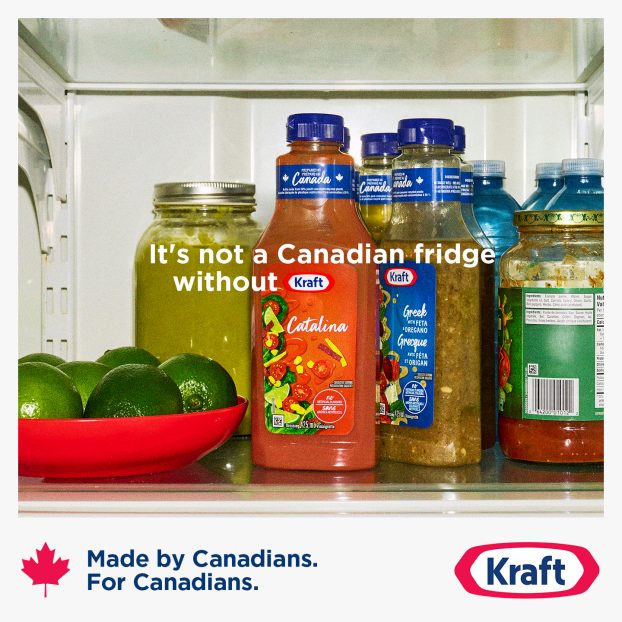It doesn’t really have a bricks and mortar presence. Rather, it exists in consumers’ wallets, and in the communication they receive. A ‘virtual brand,’ in essence, not unlike countless dot-coms and e-tailers.
‘There are a lot of Internet companies that have come along and have had to build a virtual brand – we’ve been one for almost nine years. We were an Internet company before the Internet existed, if you will,’ says Bryan Pearson, president of Canada’s ubiquitous Air Miles Reward Program.
And while it boasts being the first loyalty program in the world to have its own Web site back in 1995, Air Miles has only just begun to capitalize on what it means to be ‘virtual,’ he says.
Driven by increasing numbers of collectors using e-mail and the Web, the loyalty program, operated by the Toronto-based Loyalty Group, is boosting its emphasis on the Internet and tools like e-mail marketing, among other things.
‘You’re going to see a lot more in terms of looking to the Internet to create value propositions for the consumers – it’s a great vehicle for personalization and customization,’ says Pearson. ‘The key is that after nine years of operating in Canada and taking a leadership position in the loyalty arena, we consider ourselves better poised than ever to take advantage of some of the emerging technologies that exist to [give] that value back to the collector. I’m more excited than ever about the business.’
Beyond constantly adding new sponsors and a variety of rewards to its roster – Air Miles currently has over 100 sponsors, including Shell, Bank of Montreal, Dominion, American Express and SportChek – the most important thing, he says, is making sure both the organization’s consumer and business customers have fast and easy access to those rewards. The Internet, he contends is an enabling force.
Last year, Air Miles overhauled its Web site in an effort to make it more accessible and useful to its more than 12 million individual Canadian cardholders, while attempting to reduce its own customer care costs. Prior to the re-launch, the site was receiving about 30,000 unique visitors per month. The number of unique registered users per month as now increased to over 600,000.
Today, collectors visiting the site – which is among the top 100 global sites that Canadians visit, according to Media Metrix – can take advantage of self-service options (tools like a rewards calculator); receive online statement summaries; and redeem reward miles (not including travel rewards).
In fact, over 50% of Air Miles’ non-flight redemptions are now done online, says Joe Palombo, Air Miles’ senior director of marketing.
‘That tells us we’re delivering value,’ he says.
‘Our philosophy is always to deliver relevant information in a targeted approach to our collectors based on how they want to receive the information. In general our collectors over-index in terms of Web usage versus the general population, so it’s important for us to deliver information to them in their preferred channel.’
According to Air Miles, over 62% of its collectors are on the Web (versus 50% in the general population).
In addition to its quarterly summary mail-outs and other direct mail initiatives, including its magazine and movers kit (a package for people who have moved, advising them of the locations of sponsors in their new area and providing them with maps and offers), Air Miles has increasingly started to run permission-based e-mail campaigns in-house and with sponsors like Bank of Montreal and Columbia House.
Some recent campaigns have even garnered response rates three times the industry average, says Palombo, reaching rates upwards of 28% on average.
‘What that says is that we have a strong relationship with our collectors – they trust us. When they put their hand up, they know they’re going to get relevant information based on their need and wants. And the Web offers the opportunity to deliver more relevant information in a more timely manner,’ he says, adding that the organization is looking at delivering 60% of all its communication via the Web and e-mail over the next few years.
Air Miles also relies on mass media advertising to build its brand. In April, it plans to use radio spots across Canada, depicting users describing their Air Miles rewards redemption experiences to promote the idea that it’s fast and easy to get over 100 different types of rewards.
‘With over 6.5 million households in Canada collecting, you have a lot of great stories,’ says Pearson. ‘We’re now at the point where Air Miles is part of the fabric of consumer activity in Canada. The net result of that is that when you tell stories of people being successful in the program… those kinds of testimonials can really bear fruit. The ubiquity of the card in the marketplace makes it so believable.’
An increasing focus on the consumer, he says, is what will allow loyalty players to continue to thrive in such a crowded market – with more competition, players must continue to differentiate themselves by providing broader and better customer-oriented rewards and choices, for example.
‘The Internet, for one, enables consumers to seek out features and prices, etc. The consumer has more information than they’ve ever had before, so they’re therefore looking at a much broader field of choice.
A customer orientation, says Pearson, coupled with the ability to create a one-to-one dialog with the consumer at much lower costs than ever before, puts conscientious loyalty programs in a good position for the future.
‘If a loyalty program fits within that, both from a data flow and data understanding perspective, at the end of the day that focus on the consumer and that relevant value proposition and the ability of a loyalty program to address those issues is going to drive loyalty programs to continue to prosper.’























